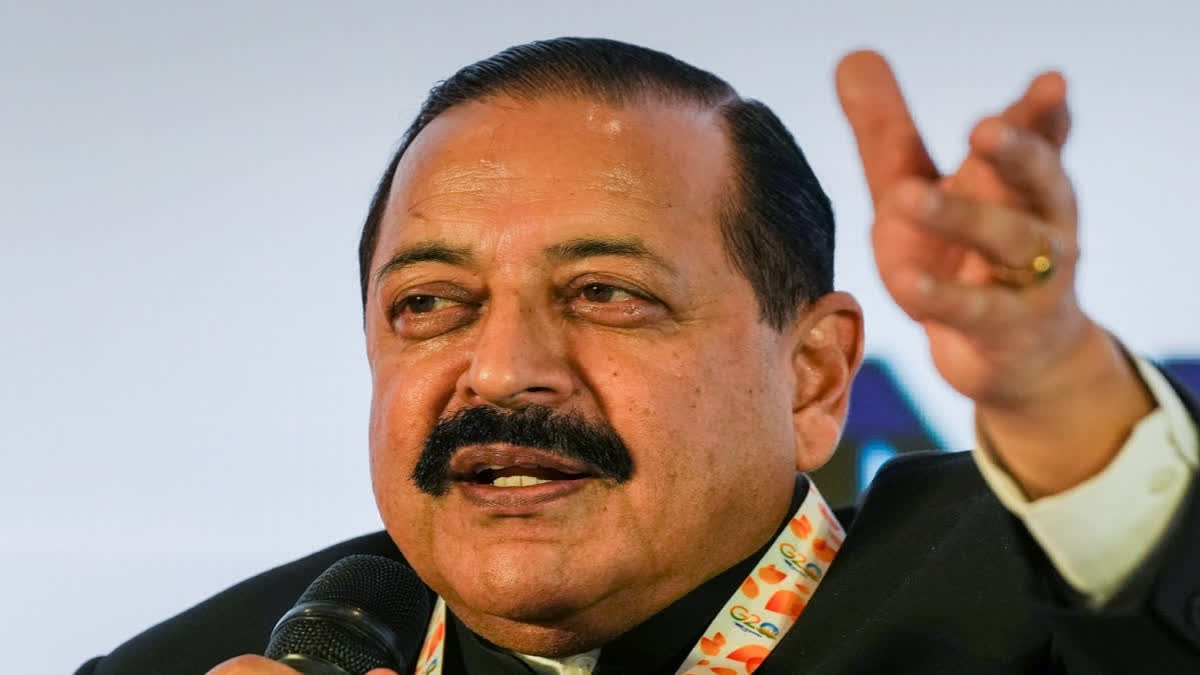New Delhi: Union Minister Dr. Jitendra Singh assured the Rajya Sabha today that India’s nuclear power plants are among the safest globally, adhering to stringent safety protocols and benefiting from international oversight.
Speaking during Question Hour, the Minister emphasised the government’s unwavering focus on ensuring nuclear safety and sustainable energy growth.
Dr. Singh highlighted that safety is the foundation of India’s nuclear energy policy. “In the Department of Atomic Energy, we follow the rule of ‘safety first, production next.’ Every stage, from site selection to operational checks, is governed by stringent protocols,” he stated. The Minister outlined the rigorous inspection regimen, which includes quarterly reviews during construction, semi-annual inspections after operations commence, and mandatory license renewals every five years.
Safety Standards and Radiation Control
India’s nuclear plants operate well below global safety benchmarks for radiation emissions. Dr. Singh explained, “The international safety benchmark for radiation emissions from nuclear plants is 1,000 microsieverts. Indian plants consistently maintain levels far below this threshold.”
Specific improvements were highlighted: radiation emissions at Kudankulam have dropped from 0.081 microsieverts a decade ago to just 0.002 microsieverts today, while Kalpakkam saw reductions from 23.140 microsieverts in 2014 to 15.961 microsieverts in 2023. These achievements underscore India’s commitment to maintaining the highest safety standards.
Disaster Resilience
India’s nuclear facilities are designed to withstand natural disasters, such as tsunamis and floods. For instance, plants along the eastern coast are over 1,300 kilometres from tsunami-prone zones in Indonesia, while western coast facilities, like Tarapur, are more than 900 kilometres from high-risk areas in Pakistan. Plants are also constructed above historically recorded flood and sea levels, ensuring safety even during extreme weather events.
Key Milestones in Nuclear Energy
Dr. Singh highlighted several achievements that position India as a global leader in nuclear energy. The Kaiga Generating Station in Karnataka set a global record with 962 days of continuous operation. Tarapur, India’s first nuclear power plant, recently completed 50 years of successful operation, marking a significant milestone in the global nuclear industry.
Further showcasing India’s technological progress, the first indigenous Pressurized Heavy Water Reactor (PHWR) became operational at Kakrapar in Gujarat, highlighting the nation’s growing self-reliance in nuclear technology. Additionally, the Kudankulam plant stalled for decades, has been made fully functional under the current administration.
Beyond Power Generation
India’s nuclear program, guided by the vision of Homi Bhabha, extends beyond energy production. Dr. Singh outlined its contributions to various sectors:
• Agriculture: Development of radiation-resistant crop varieties.
• Food Preservation: Extending shelf life of perishable items.
• Healthcare: Advanced cancer treatments and production of medical isotopes.
• Security: Manufacturing protective gear for law enforcement.
These applications demonstrate the peaceful and diverse uses of nuclear technology in advancing national development.
Civil Liability and Global Leadership
Addressing concerns about the Civil Liability for Nuclear Damage Act, 2010, Dr. Singh assured that the framework balances public safety with a conducive environment for foreign and domestic investments. The Act places primary responsibility on operators while ensuring supplier accountability under specific circumstances.
Dr. Singh concluded by affirming India’s rise as a global leader in nuclear energy. “India is no longer just following global standards; we are now setting benchmarks that others aspire to achieve,” he said. He emphasised that the government’s focus on safety and sustainability will help India achieve its ambitious nuclear energy targets while contributing to global climate goals.



